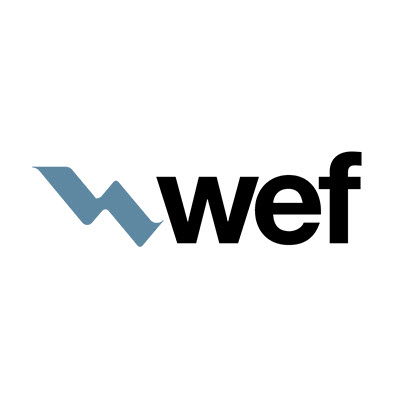
Updated on April 19: the U.S. Environmental Protection Agency released both its final rule to classify PFOA and PFOS as hazardous substances under the Comprehensive Environmental Response, Compensation, and Liability Act (CERCLA) and an enforcement discretion memo. This memo shows that EPA does not believe that water systems are the problem. However, the reality of the final rule means that utilities could face increased operational costs and legal uncertainties.
“WEF applauds the EPA’s effort to use the CERCLA regulation to hold PFOA and PFOS manufacturers responsible for the massive legacy clean-up costs which are likely due to decades of PFAS production and usage in our society,” said Aimeé Killeen, President of the Water Environment Federation. “This will be an extremely costly and technically challenging undertaking. Though water utilities will play a central role in helping to remove PFAS from water and the environment, these utilities are passive receivers of PFAS, and their ratepayers should not be held responsible for PFAS-related costs.”
“Unfortunately, the CERCLA statute has a flaw that directly and indirectly exposes utilities to potential liability and clean-up costs,” Killeen continued. “While WEF appreciates the EPA’s inclusion of an enforcement discretion memo with the release of the CERCLA rule, we – and other national water associations – strongly urge Congress to pass a liability exemption for water utilities and all passive receivers of PFAS.”
On April 10, 2024, the U.S. Environmental Protection Agency (USEPA) released the final rule for a Safe Drinking Water Act Maximum Contaminant Limit (MCL) regulation that will require massive reductions of PFAS in drinking water. Ultimately, the new rule will have significant effects on wastewater treatment systems in several direct and indirect ways. Some of the most concerning are as follows:
“The MCL standard is part of a larger matrix of interconnected regulatory and treatment strategies for dealing with PFAS,” said Steve Dye, Senior Director of Government Affairs for the Water Environment Federation. “It will fall on utilities and the water sector as a whole to address all the approaches to the problem, and WEF members will be dealing with PFAS removal and management regulations on the front lines for many years to come. We have concerns about the cost of compliance and the ability of drinking water systems to meet these extremely low limits.”
The mission of drinking water and wastewater utilities is to protect public health and the environment, and those who produce PFAS must be held responsible and bear the clean-up costs. WEF urges policymakers in Congress and federal agencies to recognize the impacts of PFAS, hold PFAS producers and users responsible, and work closely with the water sector to help protect the American public.

The Water Environment Federation (WEF) is a not-for-profit technical and educational organization of more than 30,000 individual members and 75 affiliated Member Associations representing water quality professionals around the world. Established in 1928, WEF’s mission is to inspire the water community in pursuit of human and environmental well-being. WEF’s goals are to attract and develop a passionate workforce, cultivate a purpose-driven community to sustainably solve water challenges for all, and lead the transformation to the circular water economy. Contact: Heidi Bragg, [email protected]